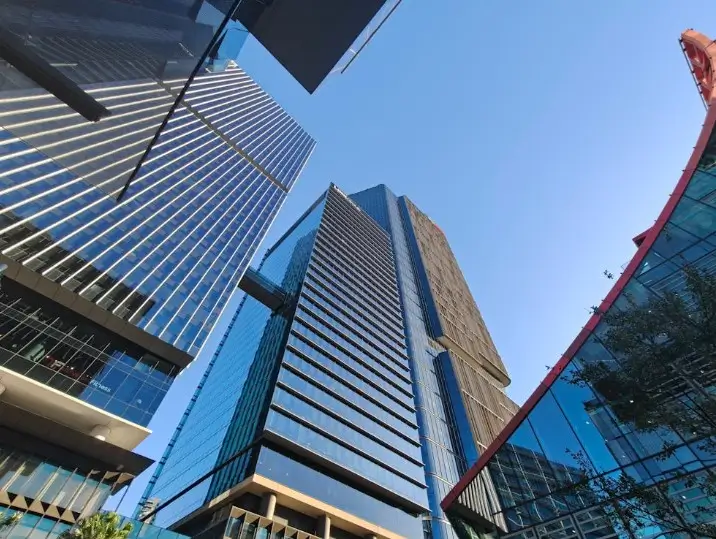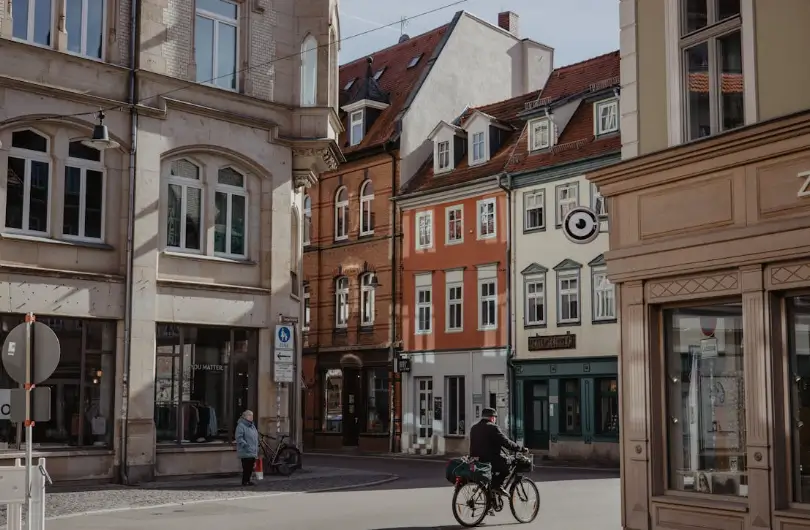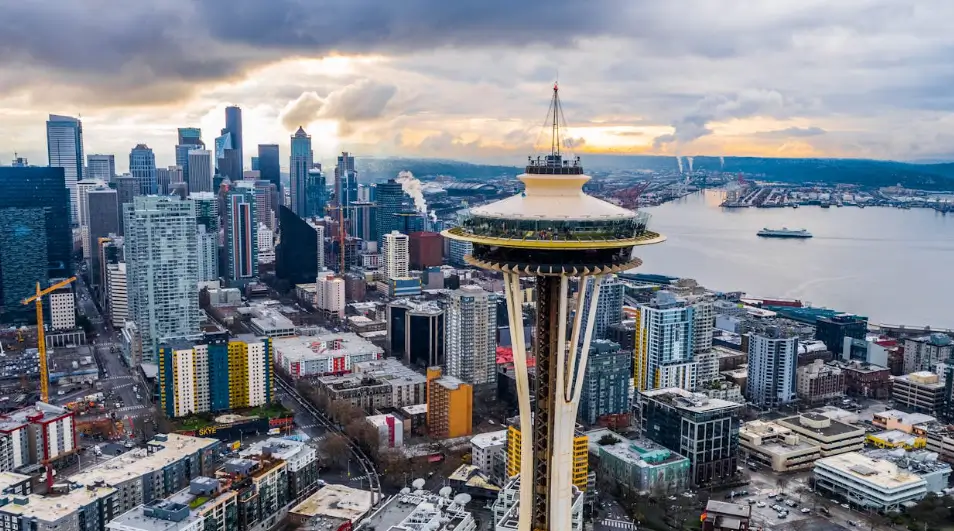From Variance to Special Use Permits: How to Engage with Proposed Developments in Your City
Ever wondered how those shiny new buildings pop up in your neighborhood? Or maybe you're curious about how to have a say in what gets built next door? You're in the right place! The city development process is like a giant jigsaw puzzle, and understanding how those pieces fit together can be both fascinating and empowering. From by-right development, where builders can start without much fuss, to the more complex variance process and special use permits, there's a whole world of city development steps to explore. And let's not forget rezoning, which can really shake things up! Whether you're an urban planning newbie or a seasoned pro, this guide will walk you through how to get involved and make your voice heard in the community engagement in development. Let's roll up our sleeves and dive into the nitty-gritty of urban planning!
Understanding the Development Process
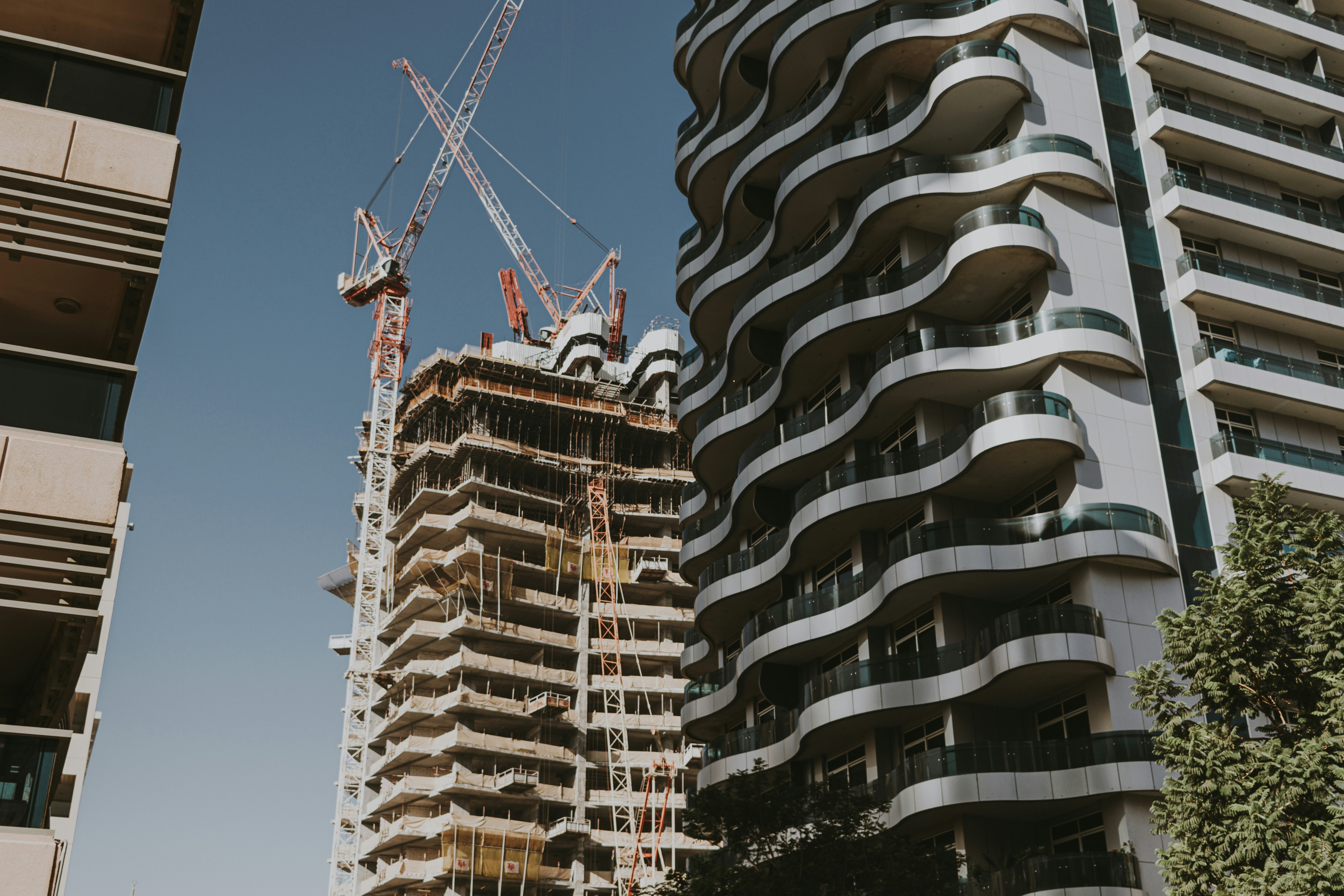
The development process is like the foundation of city planning. It's the sequence of steps any project must go through before it becomes a part of your neighborhood. Understanding this process can help you engage more effectively and make informed decisions about urban growth.
City Development Steps Explored
City development involves several critical steps, each playing a role in shaping the urban landscape. First, it's essential to grasp the zoning regulations. These rules determine what can be built and where. For a deeper dive into zoning, this resource is incredibly helpful.
Next, the site plan approval process ensures that the proposed design aligns with local standards. This involves reviewing aspects like traffic flow, environmental impact, and aesthetic considerations.
Finally, building permits are required to start construction. These permits confirm that the project meets safety and structural standards. It's a detailed journey that balances growth with community needs.
By-Right Development Explained
By-right development allows property owners to build without seeking special permissions. This process is generally quicker since it aligns with existing zoning laws. For example, if zoning permits residential buildings in a specific area, a developer can proceed without additional approvals.
The advantage of by-right development is its predictability. Projects that comply with zoning regulations typically avoid lengthy reviews or public hearings. This streamlines the development process, benefiting both developers and the community by reducing uncertainty.
However, it also means less opportunity for public input on these developments. To explore how this impacts local planning, check this guide for more insights.
Navigating Variance and Special Use Permits

When a project doesn't fit neatly into zoning laws, variances and special use permits come into play. These tools offer flexibility but require navigating a more complex process.
The Variance Process Demystified
A variance allows developers to diverge from zoning codes when unique circumstances exist. This might be necessary if a property's shape or size makes standard compliance impractical. The variance process begins with an application to the local zoning board.
- Application Submission: Provide detailed plans and justifications.
- Public Hearing: Stakeholders can voice support or concerns.
- Decision Making: The board evaluates if the variance is reasonable.
The process aims to balance community interests with development needs. For a comprehensive overview, refer to this resource.
Getting a Special Use Permit
A special use permit is needed when a proposed use is not typically allowed but could benefit the community. This permit requires a more nuanced review process. Learn more about it here.
- Proposal Submission: Detailed plans and community impact statements.
- Community Input: Public meetings gather feedback.
- Board Review: The zoning board assesses compatibility with community goals.
Special use permits cater to projects like schools or hospitals in residential areas, ensuring they're compatible with neighborhood character.
Rezoning: Changing the Game
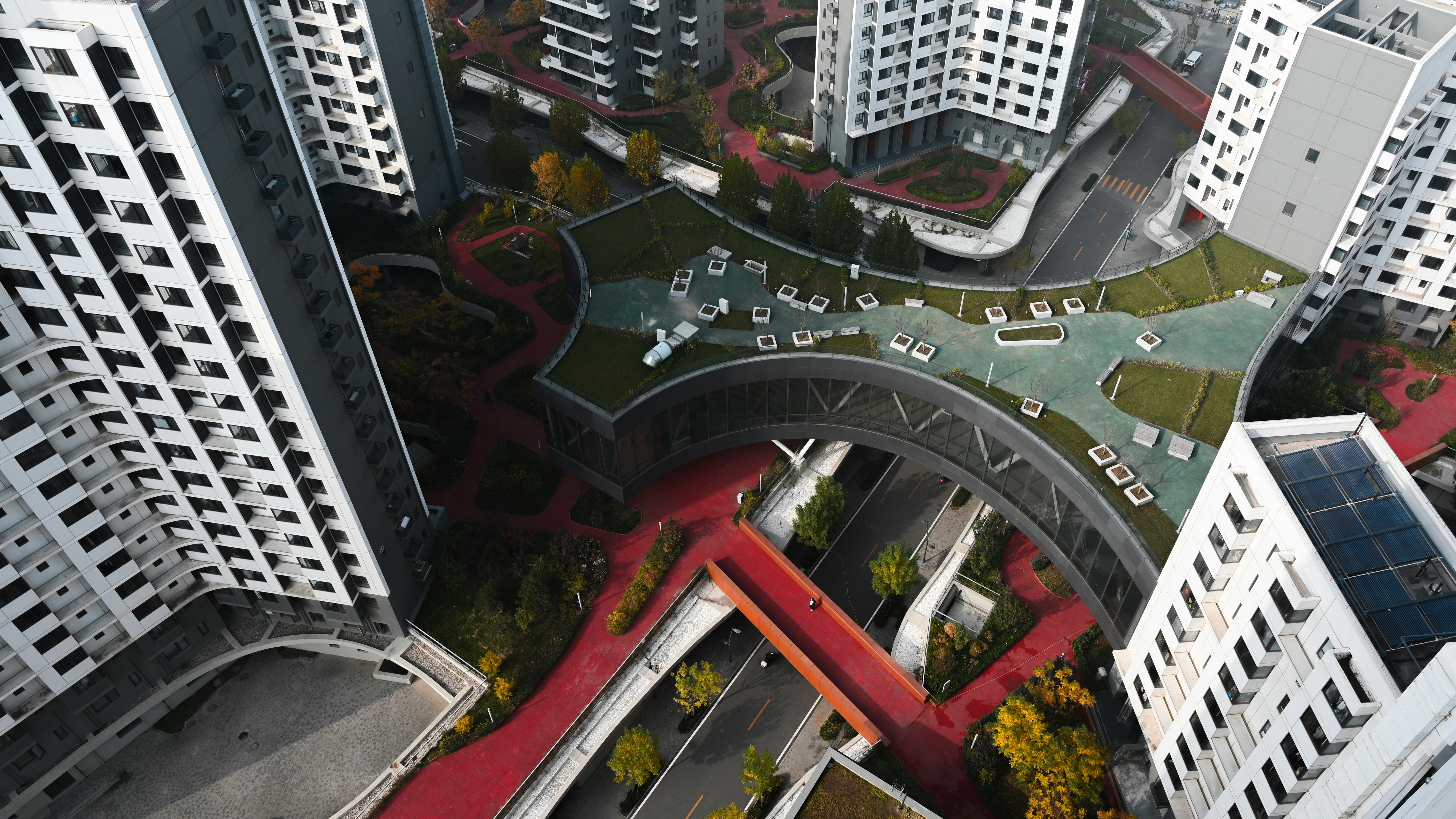
Rezoning can redefine a community by altering what activities are permissible in specific areas. It's a powerful tool that requires thorough evaluation and community involvement.
When Rezoning is Necessary
Rezoning may be necessary when existing zoning regulations no longer meet community needs. For instance, an area may shift from industrial to residential as urban landscapes evolve.
This process involves altering the zoning map and can lead to significant changes. Cities often rezone to encourage economic growth or address housing shortages. Rezoning in NYC is a prime example of how this mechanism works.
Steps for Successful Rezoning
Successful rezoning involves several critical steps:
- Proposal Development: Identify why rezoning is needed and draft a proposal.
- Public Consultation: Engage community stakeholders for input and concerns.
- Formal Review: Submit the proposal for evaluation by planning committees.
- Approval Process: Navigate public hearings and governmental approvals.
This comprehensive approach ensures rezoning aligns with broader urban strategies while addressing community needs. Check out this guide for insights on decision-making.
Community Engagement in Development
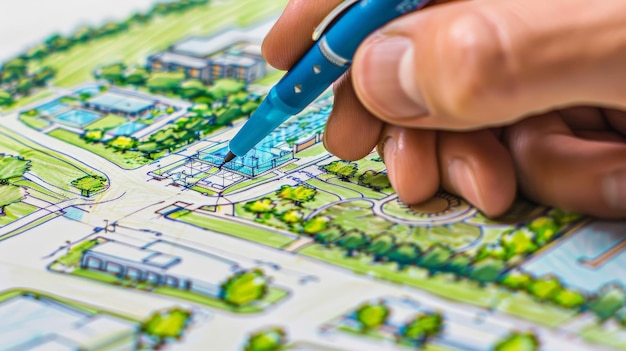
Community engagement is crucial in urban planning, ensuring that developments reflect local needs and values. It empowers residents to participate in shaping their environment.
How to Get Involved
Getting involved in community development can be rewarding. Start by attending public meetings where developments are discussed. This is a chance to voice your opinions and learn about upcoming projects.
Join local planning groups or community organizations focused on urban development. They often hold events and workshops that provide valuable insights and networking opportunities. This site offers resources on citizen involvement.
Tools for Urban Planning Enthusiasts
Urban planning enthusiasts have a variety of tools at their disposal.
- Online Forums: Engage with like-minded individuals and discuss planning topics.
- Workshops and Seminars: Gain insights into the latest urban design trends.
- Local Government Websites: Stay updated on zoning changes and public meetings.
These tools help you stay informed and actively contribute to community planning efforts.
Tips for Urban Planning Students

For students, understanding urban planning goes beyond textbooks. Engaging with real-world scenarios and professionals in the field can be incredibly beneficial.
Learning Beyond the Classroom
Urban planning students can expand their knowledge through internships and fieldwork. These experiences offer practical insights into the planning process. Consider volunteering with local planning agencies.
- Field Trips: Visit urban development sites to see theories in action.
- Guest Lectures: Attend talks by professionals to gain industry perspectives.
These activities provide a hands-on understanding of urban planning dynamics.
Networking in the Urban Planning Field
Networking is vital for students aspiring to enter the urban planning field.
- Join Professional Organizations: Groups like the American Planning Association offer networking opportunities.
- Attend Conferences: These events connect students with professionals and current trends.
- Utilize Social Media: Platforms like LinkedIn connect with industry experts and peers.
Networking opens doors to job opportunities and collaborations, enhancing your career prospects. For more guidance on applications, check here.
UP NEXT: Setbacks, Easements, and Overlays, Oh My!
%20(1200%20x%20237%20px)%20(300%20x%2059%20px).webp)
